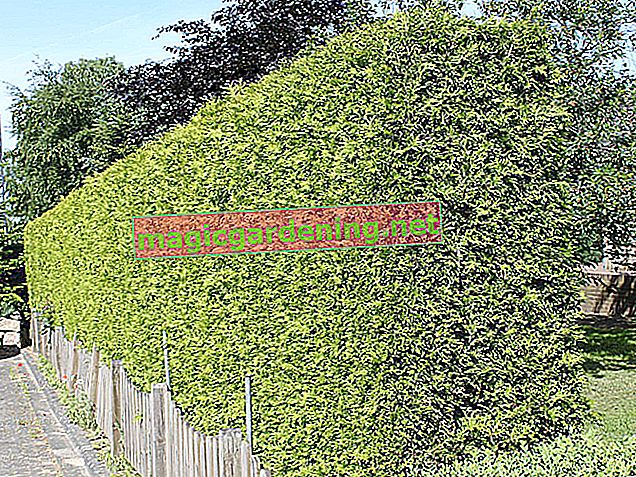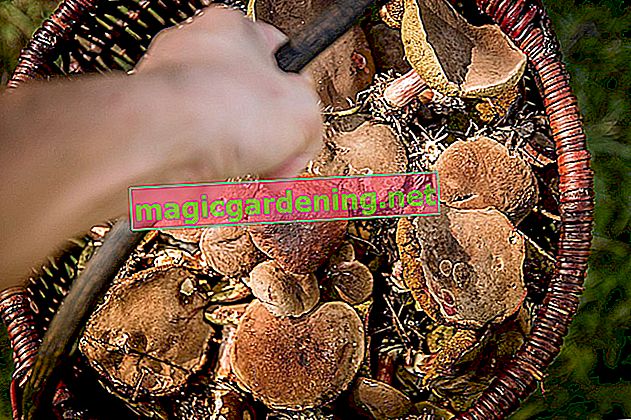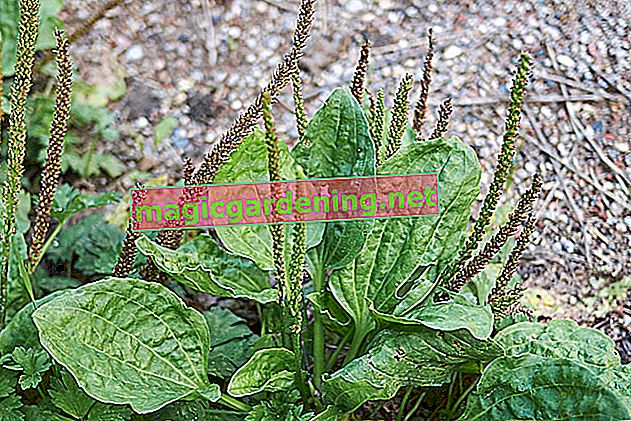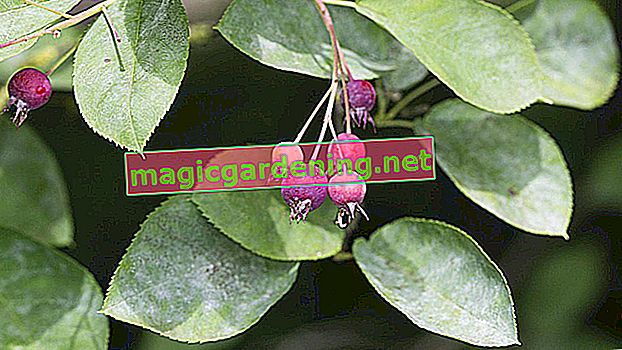
Red dogwood is very easy on cutting
Due to its very fast and dense growth, the red dogwood - so called because of the striking red color of its branches - is ideal for a hedge. However, so that the flowering bush does not grow over your head or conquer the garden too spaciously, you should cut regularly with secateurs. Fortunately, the red dogwood is very easy on cutting and does not hold it against radical cuts. The best time to prune is a frost-free day in March.
also read
- Red dogwood also gets along well in a shady location
- Red dogwood - the widespread flowering shrub in the profile
- Red dogwood is only slightly poisonous
The red dogwood also tolerates radical pruning very well
With annual pruning, it is sufficient to cut back dead shoots right into the healthy wood and not to prune the shrub from the outside, but above all to thin out the inside. Should it be necessary - for example because the shrub in question has been neglected for many years - a radical pruning can also be carried out in which all shoots are cut back to a hand's breadth above the ground. The dogwood will reliably spring out again in the coming spring and can be kept in shape right from the start by appropriate pruning measures.
What to consider when cutting the red dogwood
In principle, the red dogwood can be pruned all year round, provided that this measure is not carried out in frost. However, a mild day in March is best, and the wood should be provided with a little compost after pruning. In addition, the rule applies that older shrubs should be pruned more drastically, but younger ones more gently. With younger shrubs up to an age of approx. Three to four years it is sufficient to only remove a maximum of a third of the old shoots.
Tips
When pruning, make sure to shorten above the branches - only then will the dogwood sprout all the more bushy. By the way, it also makes sense to wear gloves. There are toxins in the bark and leaves of the dogwood that can cause a rash.








